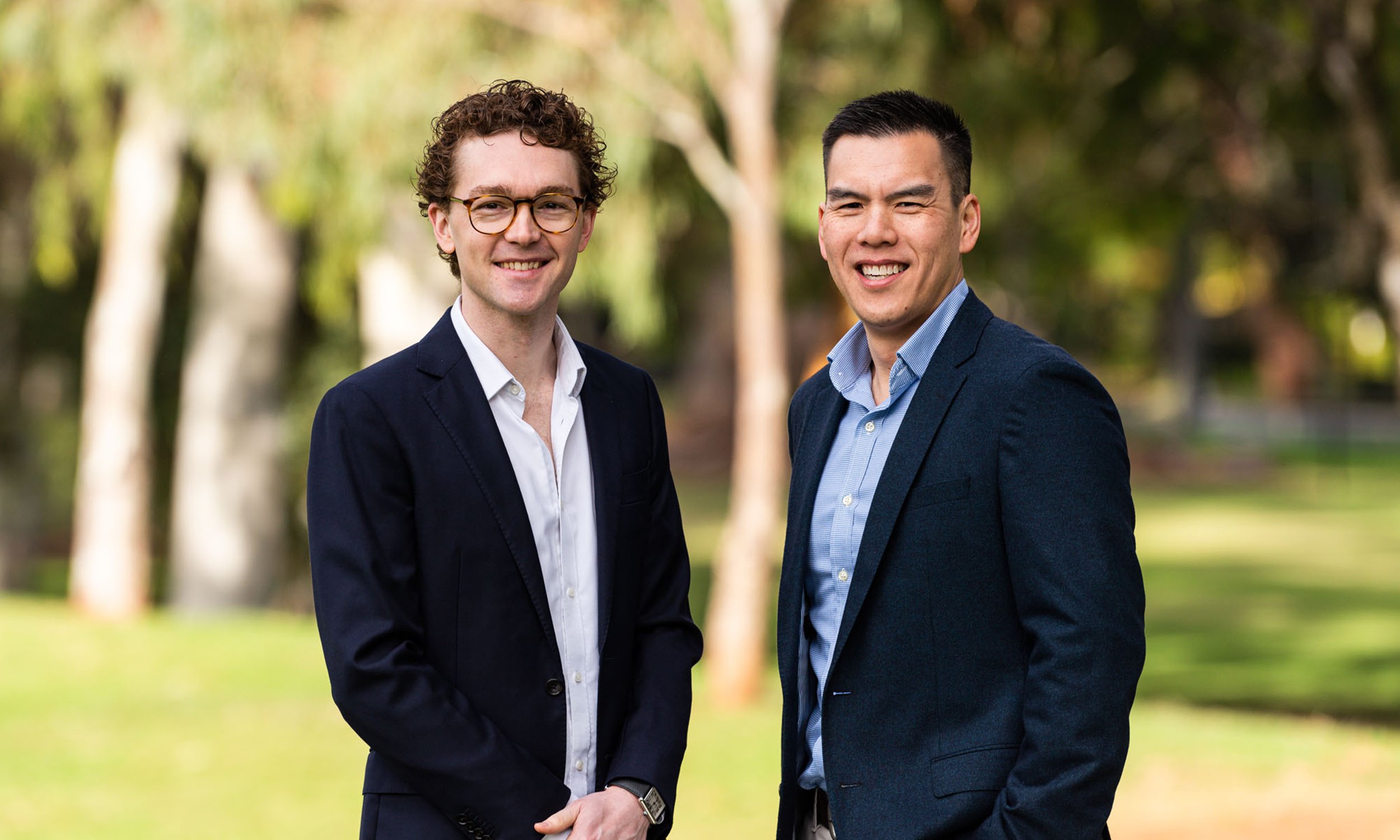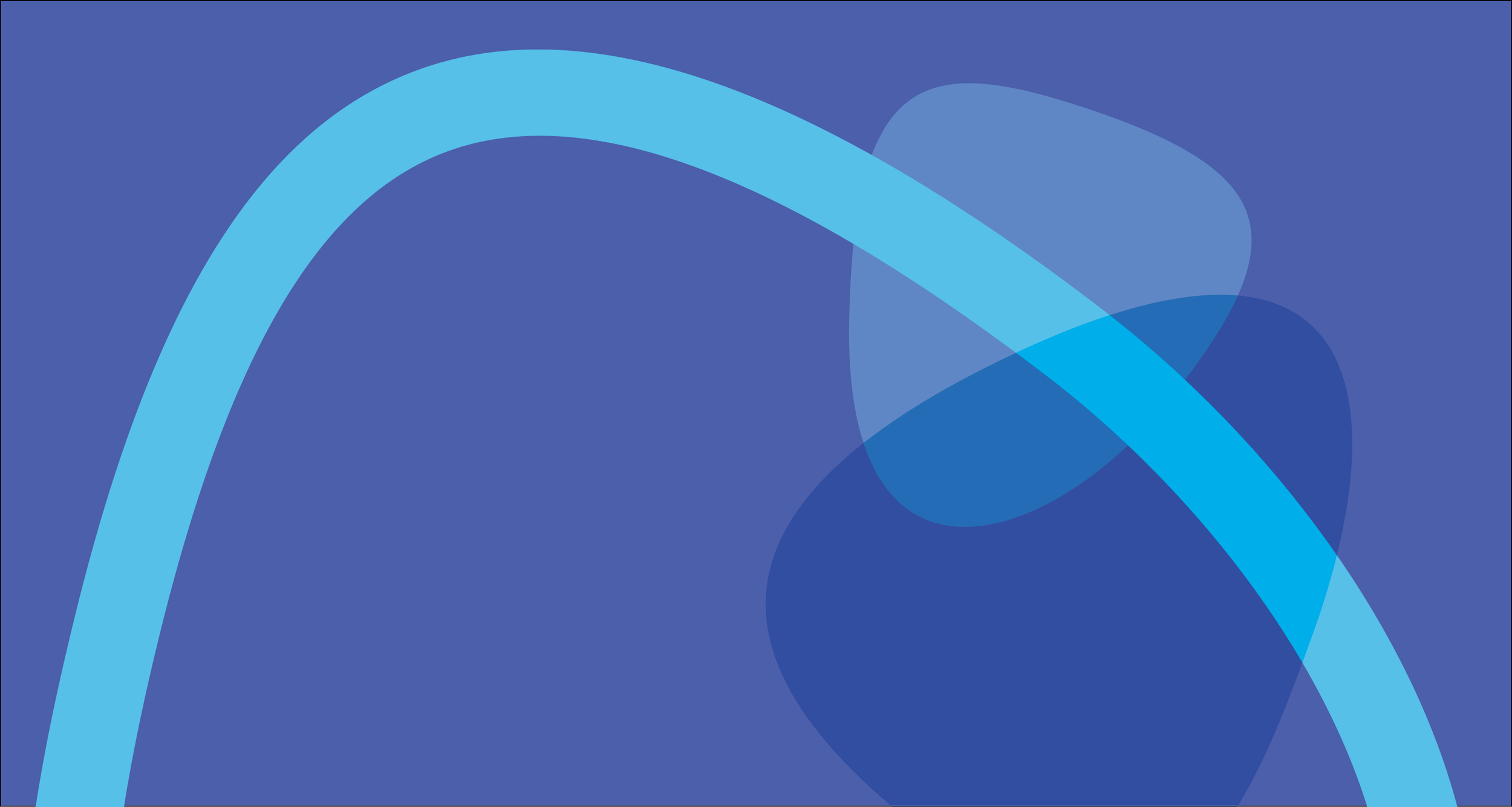
A better understanding of breathing
BREATHE SA
Being in control of your health may be the ability to walk the dog, wander down to your local supermarket, or simply leave the house.
When you’re not in control of your health, everyday activities become a challenge. Whether it’s shortness of breath, trouble sleeping or a persistent cough, these respiratory symptoms slow you down and divert your focus.
At Breathe SA, listening to you is our focus. By listening, we’re better equipped to understand you and your lifestyle. We’re committed to helping you understand your body; what’s going on and why. We’ll empower you with the information you need, to regain control of your health and refocus on life.

PHYSICIANS
Assoc. Professor Andrew Fon
MBBS FRACP
Dr Andrew Fon’s experiences drive his belief that a solid understanding of physiology is at the heart of good clinical medicine. For his patients, students and clinicians, understanding is the key to empowerment.
Dr Fon is a respiratory and sleep medicine physician with special interests in:
cardiopulmonary physiology
disorders of the small airways (COPD, Asthma, Interstitial Lung Disease)
sleep disordered breathing
unexplained breathlessness
complex interventional pulmonology (EBUS, Lung Volume Reduction)
Dr Fon obtained his fellowship in Respiratory and Medicine in 2018, following his years of training at The Royal Adelaide Hospital. He currently holds a consultant position at The Queen Elizabeth Hospital, where he leads the Respiratory Department Interventional Pulmonology Division and is also the clinical lead for the Department of Applied Physiology.
Demonstrating his keen interest in research, Dr Fon is a current PhD candidate at the University of Adelaide, investigating the physiological changes following lung volume reduction therapies for emphysema. He is also involved as a senior clinical consultant in research at the University of South Australia, School of Physiotherapy. He has undertaken further educational secondments at the Australian Institute of Sport, Canberra and at the Harbor-UCLA Medical Centre in Los Angeles. He has presented papers at local, national, and international conferences.
Passionate about building a greater understanding of respiratory physiology, Dr Fon has held a Senior Clinical Lecturer position at the University of Adelaide since 2010. He is active in his teaching of the next generation of doctors, teaching and examining for both the University of Adelaide and The Royal Australiasian College of Physicians.
Committed to furthering cross-discipline understanding of respiratory physiology, he is also active in the further education of General Practitioners, Physicians and Allied Health professionals.
Dr Thomas Altree
MBBS FRACP
Dr Altree is a respiratory and sleep medicine physician. He cares deeply about the impact of his patients’ symptoms on their health and wellbeing.
He is a specialist in all respiratory and sleep disorders, with specific expertise in:
breathlessness
chronic obstructive pulmonary disease
obstructive sleep apnea
disorders of sleepiness (such as narcolepsy)
complex sleep disorders
Dr Altree completed specialist respiratory training at the Royal Adelaide Hospital, followed by sleep medicine Fellowship training at the Woolcock Institute for Medical Research and the Royal Prince Alfred Hospital in Sydney.
Dr Altree is heavily involved in cutting edge medical research. He strongly believes that the best care is delivered when doctors are also abreast of the latest research. His current research investigates:
the links between sleep and breathlessness
new drug therapies for obstructive sleep apnea
control of breathing in lung disease
He has received awards for research excellence from the Lung Foundation Australia, the Flinders Health and Medical Research Institute, the Thoracic Society of Australia and New Zealand and the Australasian Sleep Association.
-
Vulnerability to Postoperative Complications in Obstructive Sleep Apnea: Importance of Phenotypes
Obstructive sleep apnea endotypes and their postoperative relevance
Adverse cardiac outcomes after pulmonary function testing with recent myocardial infarction
Persistent air leak successfully treated with endobronchial valves and digital drainage system
Predictors of weight loss in obese patients with obstructive sleep apnea
-
-
-
-
Dr Altree is passionate about accessing the best treatments for his patients, and providing safe and supportive environments for doctors in training. He currently volunteers for the following advocacy groups:
Chair, Australasian Sleep Association (ASA) Advanced Trainee Education Committee
Member, ASA Education Committee
ASA Representative, Royal Australasian College of Physicians Adult Medicine Council
Clinical Expert, Australian Narcolepsy Registry Steering Committee
-

At the heart of good clinical medicine is a solid understanding of physiology.
Breathe SA specialises in respiratory and exercise physiology, sleep medicine, and interventional pulmonology.
SERVICES
At Breathe SA, understanding is our focus. Expanding and sharing our knowledge, we empower our patients to take control of their health and improve their quality of life.
Sleep Medicine
-
Patients with OSA experience repetitive episodes of partial or complete closure of the upper airway during sleep. This is caused by abnormal relaxation of the throat muscles whilst asleep. OSA sufferers usually snore. Many people with OSA are unaware of any disturbance to their sleep. OSA is a common cause of excessive daytime sleepiness, fatigue and poor concentration. Memory may also be affected.
OSA has detrimental effects on sleep quality and health, and is associated with obesity, high blood pressure, stroke, heart attack, type-2 diabetes, depression, impotence, mood disorders, increased night-time urinary frequency, and motor vehicle and industrial accidents. If you have symptoms of OSA, you may need to have a sleep study. The sleep study helps our specialists to decide whether you need treatment and if so, what kind.
OSA may be treated by continuous positive airway pressure (CPAP) therapy which involves wearing a small mask over the nose, under the nostrils, or over the mouth and nose. The mask is attached to a small machine that delivers air pressure into the upper airway, keeping it open when you are asleep. If CPAP is recommended, our specialists will advise you on the most appropriate masks and machines but we do not sell equipment. Breathe SA supports professional guidelines that describe substantial ethical issues when doctors directly sell equipment or encourage only one form of treatment to patients.
Other treatments include mandibular (dental) advancement splints, upper airway surgery (nose and/or throat and/or jaw), body position devices during sleep, and weight loss. Breathe SA has well established links to expert clinicians who provide these services. Dr Altree is also at the forefront of the latest research advancements in OSA treatment. His research at the Adelaide Institute for Sleep Health investigates new medication treatments for obstructive sleep apnoea.
-
Atrial fibrillation (AF) is a common heart rhythm condition where the heart beats irregularly. AF is a dangerous condition that can cause strokes if untreated. Obstructive sleep apnea is a risk factor for AF. Although most people with OSA do not develop atrial fibrillation, an estimated 30 to 80% of people with atrial fibrillation have OSA. There is increasing evidence to support the notion that treating OSA reduces the rate of atrial fibrillation occurring in the future.
In people with AF and symptoms of OSA, we will work with your cardiologist to diagnose and manage OSA.
-
Snoring is the noise made by relaxed muscles in the throat which vibrate when we breathe in and out during sleep. It can often be louder in certain positions or after drinking alcohol. Most people snore at some point during the night. Loud snoring can reduce sleep quality and can be very disruptive to others. Snoring requires a proper assessment by a sleep physician, as it is sometimes a symptom of other sleep-related breathing disorders, such as obstructive sleep apnea (OSA). Most people with OSA snore, but not all people who snore have OSA.
Most forms of snoring can be significantly improved, but often require more than simple, off-the-shelf solutions. Management of snoring may involve input from a dental or ENT expert, as well as support for weight loss. A sleep study is often required if there are additional symptoms that suggest an underlying issue like OSA. Breathe SA has well-established links to all of these services. Dr Fon and Dr Altree will carefully investigate snoring and provide the appropriate evidence-based management advice, based on your symptoms.
-
Insomnia occurs when an individual finds it difficult to get to sleep, or stay asleep. Insomnia is very common, and can have significant impacts on physical and mental health. Around 30% of adults will suffer insomnia at some stage.
Short-term insomnia can be caused by anxiety, pain, alcohol, medication, shift work, stimulant drinks such as coffee, noise or uncomfortable temperatures. Chronic insomnia, particularly if associated with objectively measured short sleep times, can be a hazard to future health.
Many people with insomnia perceive short sleep, but actually have a normal sleep duration on objective testing. This is an important feature to determine, as it influences treatment choices.
Treatments include a range of behavioural strategies and in some cases medication. In certain cases insomnia may be an early symptom of a mood disorder.
-
An individual may develop symptoms of chronic sleep deprivation if enough sleep (usually between 7 – 8 hours for most people) is not regularly achieved. This interferes with good health and optimal brain function. Sleep deprivation is a common and dangerous condition in today’s society.
Sleep deprivation can occur as a result of work and lifestyle factors (such as from working two or more jobs, shift work, a busy life and family commitments), or secondary to a primary sleep disorder that causes wakefulness or chronic sleep disruption (for example pain, insomnia, obstructive sleep apnoea, restless legs syndrome or periodic limb movement disorder). Whatever the cause, sleep-deprivation may have detrimental effects on physical health, clarity of thought, and mood.
-
Central sleep apnea (CSA) is a sleep-related disorder where breathing effort is diminished or absent, typically for 10 to 30 second periods. It often causes a reduction in blood oxygen saturation. CSA is usually due to an instability in the body’s feedback mechanisms that control breathing. It is commonly associated with heart disease or a previous stroke. CSA can also be seen in people sleeping at high altitudes.
Treatment requires specialised investigations and a range of potential therapies. Importantly, CSA is much less common than obstructive sleep apnoea (OSA). Some people will have a mixture of CSA and OSA, a condition labelled “complex sleep apnea”. This condition is controversial and is relatively rare. We are increasingly seeing patients being told they have this condition and being sold expensive ventilator-type devices that they may not need. If you are told you need to purchase an expensive breathing device for complex sleep apnea, it may be worth getting a second opinion.
-
Narcolepsy is an uncommon, chronic condition that causes excessive sleepiness during the day and sudden attacks of sleep. People with narcolepsy can also experience a sudden loss of muscle tone (cataplexy), which is often triggered by a strong emotion. Depending on the severity, this can cause minor effects such as slurring of speech but in severe cases, complete loss of muscle tone causes sufferers to fall to the ground. People with narcolepsy may also experience a temporary inability to move or speak upon waking (sleep paralysis), and experience auditory and/or visual hallucinations when falling asleep or waking up. These hallucinations are caused by dreams, and may be very frightening, because they occur when you are not fully asleep and are experienced as reality.
Narcolepsy cannot be cured, but the excessive sleepiness and cataplexy can usually be significantly improved with certain medications. Dr Altree is a member of a group of national experts who are working with the Australasian Sleep Association to establish a national narcolepsy registry. It is hoped that this will help Australians with narcolepsy to access new drug treatments in the future.
-
Like narcolepsy, idiopathic hypersomnolence is a condition characterised by excessive daytime sleepiness. Patients also experience difficulty waking up (either in the morning or after naps during the day). The term idiopathic means ‘of unknown cause’.
As with narcolepsy, patients with idiopathic hypersomnolence often sleep for long periods, but unlike patients with narcolepsy, in whom sleep attacks can occur anytime without warning, patients with idiopathic hypersomnolence have better control over their sleep. They also do not suffer from any of the other distinct features of the narcolepsy syndrome, including cataplexy, sleep paralysis, and hallucinations.
Although about 25% of patients experience spontaneous improvement in their condition, it can be life-long and can require treatment with similar stimulant medications to those used for treating narcolepsy. To make a diagnosis of idiopathic hypersomnolence, patients require accurate testing to quantify their sleepiness and exclude other causes of symptoms, and specific tests are required to gain approval for some medications.
-
Restless legs syndrome (RLS) is a neurological condition that causes restless sensations in the legs (and sometimes in the arms) during relaxation in the evening or when trying to get to sleep. The feeling can be hard to describe. People with RLS often feel an urge to move. Sitting still for long periods, like in a cinema or on an aeroplane can be unbearable. Movement often helps to diminish the restlessness feeling.
Some studies report that restless legs syndrome affects 5-10% of the population in some countries and has a strong genetic basis.
RLS often contributes to symptoms of depression and anxiety, particularly if it is bad enough to cause sleep deprivation. Other research work suggests it may lead cardiovascular disease although this is controversial. It does impair quality of life and can be treated by a range of different medications.
At Breathe SA we offer a specialist service that manages people with RLS from the mildest symptoms right through to the hardest to treat cases.
-
Periodic Limb Movement Disorder (PLMD) is a movement disorder that occurs during sleep. Approximately 80-90% of patients with Restless Legs Syndrome (RLS) will also have PLMD.
PLMD is characterised by repetitive limb movements during sleep. These movements usually only involve the legs, however the arms may also be involved in severe cases. PLMD can cause daytime tiredness by interrupting the brain’s sleep patterns and preventing progression from lighter to deeper stages of sleep. PLMD is also often disruptive for the sufferer’s bed partner.
PLMD occurs most commonly at the start of the night soon after sleep-onset, but in some cases can persist throughout the entire night. Both legs are usually affected, however the abnormal movements may occur in only one limb.
PLMD often occurs in conjunction with other sleep disorders such as narcolepsy, snoring, obstructive sleep apnea, or REM-sleep behaviour disorders.
-
Patients with Rapid Eye Movement (REM)-sleep Behaviour Disorder (RBD) experience abnormal movements during REM (dream) sleep, such as ‘acting out dreams’. This is a rare condition caused by abnormalities in the brain’s behaviour when shifting between dream and non-dream states.
RBD is predominantly seen in older males, and can be a very early sign of future neurodegenerative disorders (such as Parkinson’s disease or dementia). RBD in the younger population, especially young female patients, is likely to be associated with medication, narcolepsy, or very rarely a structural central nervous system lesion.
Normally, when dreaming occurs during REM sleep, the brain blocks signals from being sent to the muscles in order to prevent us from acting out dreams. In patients with RBD, signals from the brain during REM sleep reach the muscles, causing the sufferer to act out dreams (which are often violent or frightening).
Due to the unusual nature of the condition, RBD is often misdiagnosed as a disorder of arousal, a seizure or a limb movement disorder.
-
Circadian Rhythm Sleep Disorders (CRSD) are a family of sleep disorders affecting the timing of sleep, characterised by an inability to sleep and/or wake at normal or appropriate times. This is due to an individual’s biological or circadian clock being out of rhythm with day and night. It’s a bit like having jetlag all the time. As a result, sleep is attempted (or actually occurs) at an abnormal time in the individual’s circadian cycle.
People with circadian rhythm sleep disorders therefore find it hard to sleep and get up on time for normal work, school, and social needs. This can have major impacts on quality of life.
The spectrum of CRSD includes:
• Advanced Sleep Phase, where the need for sleep comes on “too early”
• Delayed Sleep Phase, where it is hard to get to sleep at a “normal” time
• Irregular Sleep-Wake Pattern
• Shift Work Disorder
These conditions are not always well understood by workplaces and employers. Treatment often consists of a combination of medications and progressive changes in sleep and wake behaviours to realign the circadian rhythm.
-
Sleep bruxism, also known as nocturnal tooth grinding, is the medical term for clenching or grinding the teeth during sleep. Sleep bruxism is common; up to 8% of adults grind their teeth at night.
Occasional bruxism may not be harmful but when it occurs regularly, it can damage the teeth, affect the jaw joint, cause headaches and disturb sleep. Sometimes bruxism can be caused by or confused with obstructive sleep apnea or rarely a form of epilepsy.
-
The term parasomnia covers a variety of unusual symptoms and behaviours that occur during sleep, ranging from bizarre movements or behaviours, to disturbing dreams, night terrors, sleepwalking and sleeptalking. Most parasomnias do not cause significant issues and go away over time, however some can pose significant risks to an individual’s health and safety.
Parasomnias can be classified as primary (occurring in their own right), or as secondary (meaning that they occur because of another medical condition). Most parasomnias occur when the brain transitions from one stage of sleep to another. They have a strong genetic basis.


